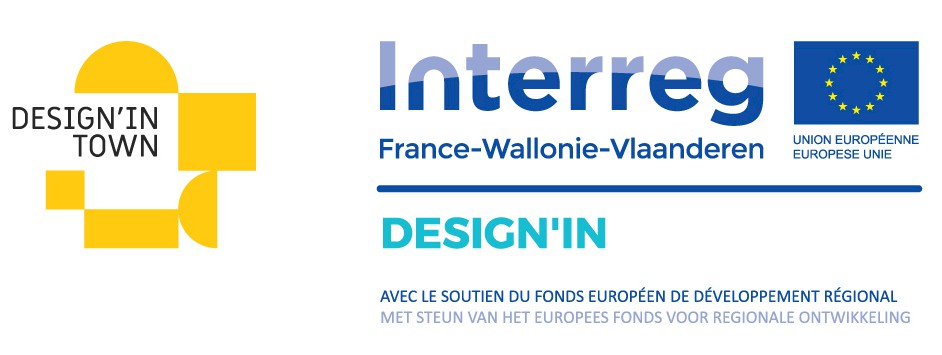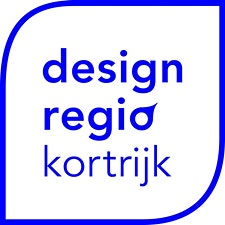
Kom Er Bij
Artwork
Rather than a flight of steps, Albers’ installation is a slope inviting you to the roof of Sabbe rettery, where one can enjoy the full blue splendour of Esther Kokmeijer’s cornflower intervention. The inspiration for this work came out of nature and the sheer shape of the building, its chamfered edges resembling a honeycomb. The hexagon - having six angles and six sides - is one of the few geometrical shapes to be found in nature. As a construction form, it is superefficient and strong. The walkway appears to consist of loose columns with six angles and six even sides. The columns, varying in height, create a sort of stairway in an organised jumble. There is no one way up. Visitors need to find their own sort of way to the roof of the rettery, pausing and taking in the views at several vantage points. Once on top, they are treated with the most phenomenal view. On the roof, the honeycomb pattern runs as a path towards several seating objects, all of them in the same hexagonal shape. To descend, one can choose another route. For all the climbing up and down, taking some stairs is no longer something you do automatically without thinking. It becomes a conscious, indeed sentient act. An art.
Location
GPS coordinates artwork: 50°50'33.0"N 3°17'01.7"E
The Valley of the Golden River conjures up images of a blissful, dreamlike past, yet this part of Flanders is where the linen trade was a very industrious reality. As a vanguard and very active witness of this Golden Age, Leo Sabbe’s rettery in Kuurne produced flax since 1882. In the 1970s, however, the textile curtain fell and production grinded to a halt. Now, even though Sabbe rettery may look somewhat forlorn or even neglected, it is one of the best preserved and most authentic retteries left of its kind. In 2005, the site, building, steam engine and chimney were listed as protected heritage. The rettery itself is a monolithic concrete structure with 18 chambers running around two boiler rooms. Light enters through metal and glass domes in the roof, where cold and warm water was stored in tanks. In 2018, regional developer Leiedal and the Kuurne council bought the site with a fresh mind to restore the monument to its former glory by giving it a new purpose. This was a huge step towards the development of Vlaspark, which connects the site to the town centre and lures Kuurne back to the river. And so once more a beautiful new future is being woven for this golden gem of old.
Artist
Dutch artist and designer Niels Albers lives and works in Amsterdam. A product of the Gerrit Rietveld Academy and Sandberg Institute - the famed Amsterdam school for visual arts and home of innovative thinkers from all over the globe - he achieved a bachelor’s degree of Fine Arts in 2010 and graduated as a master of Interior Design in 2018. Albers is one of the founders of Fabulous Future: “a collective of seven and an ongoing project, binding together research, development and the construction of spaces, events and situations.” Genuinely worried by our impact on the planet’s ecosystem, he studies the relationship between man and animals, forever fascinated by origin, play, maps, plans and routes. His are anthropocentric concerns mixed with an architectural fetish.
Funded by

In collaboration with






